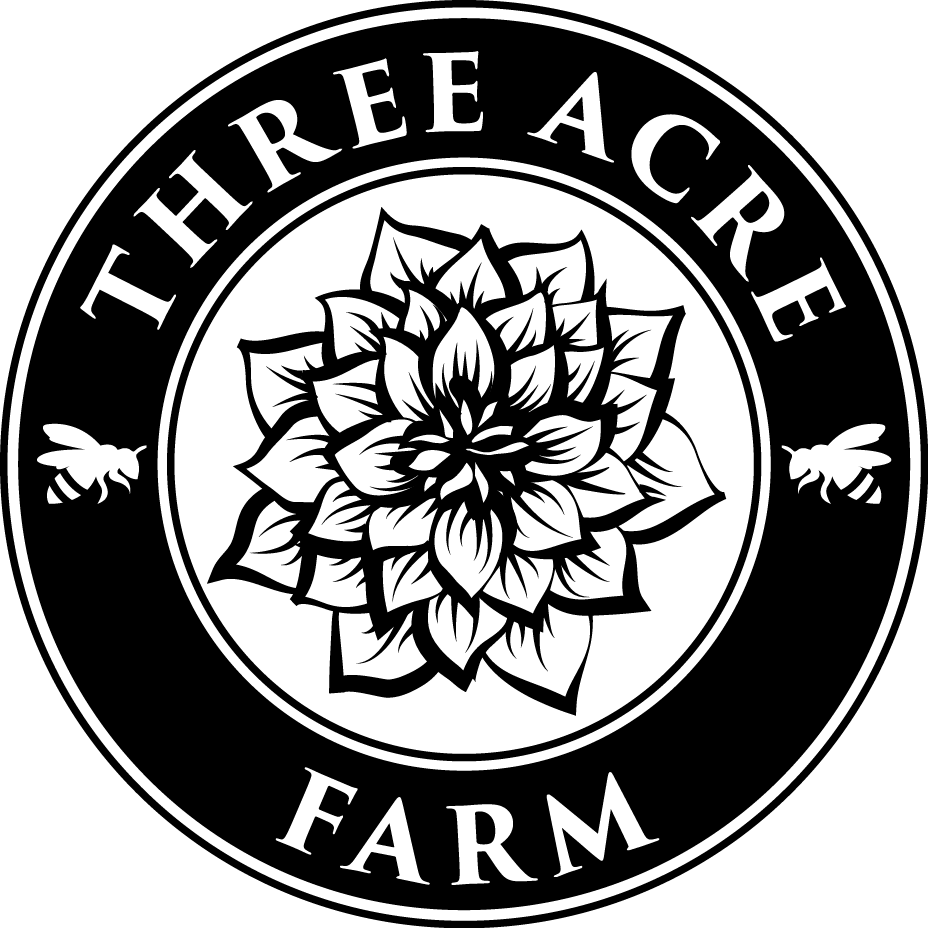The Bane of My Existence: Cucumber Beetles
The Bane of My Existence: Cucumber Beetles
Let me introduce you to the bane of my existence this time of year: cucumber beetles. All it takes is one nibble, and the bloom is destined for the compost pile instead of being proudly displayed in a vase.
With the extreme drought we’ve been experiencing on our farm (only about an inch and a half of rain since May… when we usually get about an inch a week) AND the extreme heat, the Dahlias are stressed. Unfortunately, stressed plants are magnets for pests.
It’s a real bummer, but it’s also part of the reality of growing ANY crop, especially one that has to be 100% blemish-free to be acceptable.
EMBRACING THE REALITY OF LOSS
I’ve learned to expect that I’ll lose ⅓ of my blooms to pests, disease, or weather-related issues. While that might sound defeatist, it actually gives me a TON of peace of mind. Instead of:
Freaking out
Getting upset
Fretting and stressing
Beating myself up
Feeling like a failure
…I simply acknowledge the issue, chuck the bloom into the compost pile (where it will turn into AMAZING soil to grow next year’s flowers!), and move on with my life. Since I plan on losing ⅓ of my blooms, I make sure to plant ⅓ MORE than I expect I need.
A PRACTICAL APPROACH TO PEST MANAGEMENT
We could put organza bags over the blooms to prevent cucumber beetle damage, but with over 1,800 plants and multiple blooms per plant, it would require thousands of bags and hundreds of labor hours to cover, uncover, harvest, and recover the blooms. This would mean I’d have to charge an exorbitant price per stem just to break even. Instead, I simply accept that loss goes hand in hand with growing. Nothing has gone wrong—this is real life!
I’m sharing this with you because it’s easy to look at other people on the internet and think they have it all figured out and that you are doing everything wrong. It’s not true. We’re all just out here, stumbling around and figuring things out as we go! The people that “fail” the most are also the people that try the most.
HOLISTIC PEST CONTROL: PARTNERING WITH NATURE
I get lots of questions about what we spray on our flowers to keep the bugs off of them, and many are surprised when I say that we don’t use sprays. There are lots of reasons we don’t spray:
It’s expensive.
It’s time-consuming.
It can be hazardous to the health of humans, animals, and the environment (many insecticides are not safe for use around pollinators). We love knowing our fields and flowers are safe and won’t cause long-term health issues.
Instead, I like to take a more holistic approach. Instead of trying to dominate nature, I like to partner with it.
Instead of trying to control everything and stressing out about a damaged bloom, I accept the reality that there will always be loss in growing.
We plan on loss because loss is normal.
CREATING A BIRD SANCTUARY FOR PEST CONTROL
My dad was a biology teacher, and I grew up spending a lot of time in nature, studying how ecosystems work. I’ve always been fascinated by how all the parts and pieces work together to create a healthy, thriving environment.
So when we started noticing pest damage on our Dahlia blooms about a month ago, I didn’t reach for a bottle to kill all the bugs (if you do decide to use insecticides, PLEASE read the instructions on the bottle very carefully, follow the directions precisely, and make sure you know EXACTLY what pest you are targeting).
Instead, we made a trip to the hardware store and bought several bird feeders. We decided to make our flower fields a bird sanctuary. We set up feeders, created water sources, and made places to perch. We rolled out the red carpet for the birds and invited them in because birds are nature’s #1 ally for pest control.
THE RESULTS OF OUR EXPERIMENT
Do we still have pest damage? Yes. Is it less than the previous years? Yes. Is it because of the birds? Not sure.
It could be that the pests have completed their life cycle, the drier weather has slowed them down, or maybe the birds really have helped to restore the balance.
Either way, it’s an exciting experiment, and hiring the birds to do what they do best has been a lot of fun!
Working in a farm ecosystem that is fully alive with plants, insects, and animals is very rewarding. I encourage you to:
Observe what you see in your ecosystem
Mimic how nature works to solve problems
Partner with nature instead of trying to dominate nature… because spoiler alert - Nature always wins. ;)
QUESTIONS?
Ask them here and I’ll get back to you!
Ready for More?
If you’re serious about growing the garden of your dreams this year, register for my online course, “Backyard Cutting Garden 101”. You’ll find everything you need to plan, grow, harvest and arrange your stunning blooms. I can’t WAIT to help you grow! Click on the button below for all the details.


